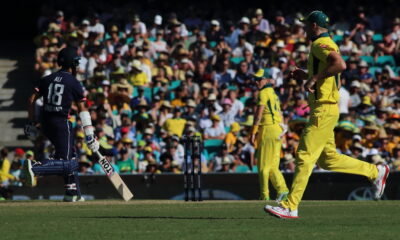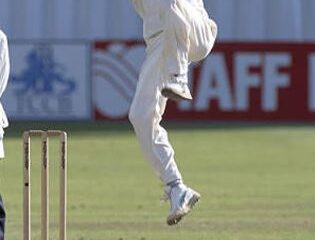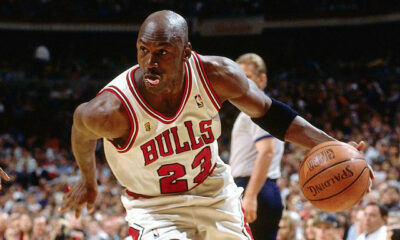Cricket
What are the basic rules in cricket?
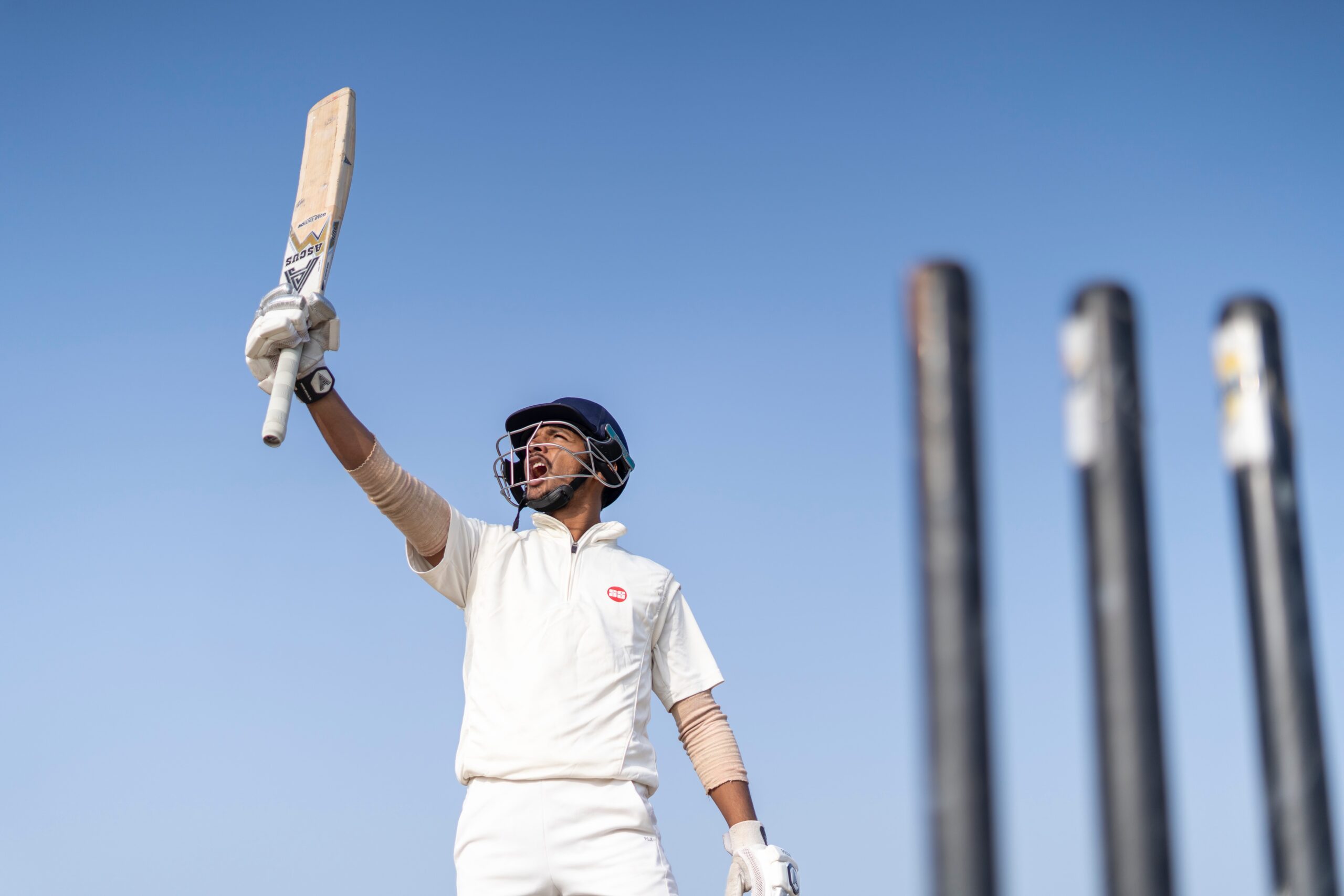
What are the basic rules in cricket?
Cricket is a game with a long list of rules and regulations. Depending on your knowledge of the game, these rules can either appear rather complex or just make sense. But no matter how much you understand cricket, the basic rules are essential to get started. If you’re new to cricket or have forgotten some of the fundamentals, read on for an explanation of the basic rules of cricket.
The Basics
A cricket match is played between two teams of 11 players. Each team bats for a set number of overs and then fields for the same number of overs. Depending on the match format, a team is given between 40 and 100 overs.
With a bat, the aim is to score as many runs as possible. With a ball, the bowler’s aim is to get the batsman out. There are two ways to get a batsman out in cricket: by making him/her get out or by simply taking their wickets.
Click here to know more about cricket.
Batsman and Bowler Rights and Duties
The batsman and bowler have certain rights and duties that are always followed. This ensures the game is fair and balanced. The batsman is given an innings and must face all the balls bowled until they are dismissed or their innings are ended.
The bowler bowls a specific number of overs in an innings. If no specific number is given, they bowl until the captain replaces them. At the beginning of each over, both batsman and bowler have a right to a fresh start.
This means the bowler can bowl any delivery without penalty and the batsman has a fresh chance to score runs and not be dismissed.
Fielding Positions
Depending on the match format and situation, different fielding positions are used.
- Boundary – three players positioned on the edge of the outfield. Their job is to catch any ball that goes out of the pitch and return it to the wicketkeeper.
- Fine leg – the left-most fielder, positioned at the edge of the field behind the batsman on the leg side. They are often called on to catch any leg-side shot that goes to the boundary.
- Gully – the third fielder behind the batsman on the off side. They will catch any shot that goes to the boundary or leg-side.
- Short fine leg – behind the batsman on the leg side. They will catch any shot that goes to the boundary on the leg side.
- Square leg – the right-most fielder on the leg side behind the batsman. They will catch any shot that goes to the boundary on the leg side.
- Slip – the two fielders on the leg side behind the wicket. They will catch any shot that goes to the boundary on the off side or leg side.
How the Game is Scored
A single cricket match lasts for a certain amount of overs. The team batting first tries to score as many runs as possible before the other team bats. Once the other team gets their turn at bat, they try to score more runs than the first team.
The team with the most runs at the end of the game wins. If a first-innings lead is achieved, the team batting second will bat for the same number of overs as the first team.
The team batting second can also try to score more runs than the first team and win the match in a single inning. If no team manages to win the game in one or two innings, the match is considered a draw.
Batting Turns and Boundary Guidelines
A batsman’s innings last until they are out, or the team has completed their allotted overs. In the first instance, the team is awarded one run. In the second, they receive naught runs.
The batsman must score as many runs as possible during their turn at-bat. When the ball is hit between the two ends of the pitch without touching the ground, it is called a six. Fours – when the ball hits the boundary between the two ends of the pitch, the batsman gets credited with four runs.
When the ball is hit over the boundary without touching the ground, it is called a six. When the ball reaches the boundary, the batsman gets credited with four runs.
Cricket Outs
The team bats as many overs as they can before ten out players are removed by the other team. If a batsman is caught out, stumped, or runs out, they are dismissed and are not given another turn at-bat.
The other team is awarded an out. If a team is bowled out, the other team receives ten outs and wins the match. Once a team is out, they cannot be brought back into the game until the end of the match.
Conclusion
If you want to enjoy the game of cricket fully, it’s important to follow the basic rules of the game. It will also help you to enjoy the game even more if you know what the individual tasks of the batsman and bowler are, and if you learn how the game is scored. With an understanding of each team’s duties, you can appreciate how each player is working to help their team achieve victory.
We hope you enjoyed the article ‘What are the basic rules in cricket?’ Are you a fan of cricket? Let us know!
Read more on sport below:
- 2022 NBA draft: top international prospects
- Picking the perfect football shirt: Our top tips
- Boxing vs MMA: Which is more dominant?
-

 News1 month ago
News1 month agoThe Best Male Tennis Players of All Time
-

 Uncategorised1 month ago
Uncategorised1 month agoWhat Dinosaur Has 500 Teeth?
-

 News1 month ago
News1 month agoThe Fastest Rugby Players Ever
-
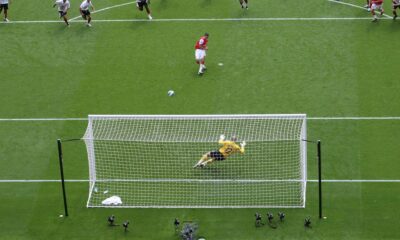
 Football1 month ago
Football1 month agoThe Best Penalty Takers of All Time
-

 Football1 month ago
Football1 month ago10 of the most underrated footballers in the world right now
-

 Football1 month ago
Football1 month agoPlayers with the most goals in a Premier League season
-

 Football1 month ago
Football1 month agoWho is the Fastest Football Player in the World?
-

 Football1 month ago
Football1 month agoChelsea’s Possible Lineup For Next Season


